Holiday Marketing Guide
Your Comprehensive Guide To Black Friday, Cyber Monday and ‘Q5’
Marketing Tips To Elevate Your Business This Holiday Season and Next Year
With Black Friday and Cyber Monday (BFCM) ad spending set to skyrocket, your marketing ROI becomes more critical than ever. How will your business successfully stand out?
In this guide, we’ve gathered insights and strategies from TriMark Digital’s marketing experts to help you navigate shifts in technology, consumer behavior and more. With these tactics, your brand can better drive engagement, conversions and customer loyalty through the rest of 2024 and into 2025.
Stay ahead of the curve and maximize your marketing with these insider strategies.
Consumer Behavior Insights
1. Increased Use of AI for Personalization
AI is playing a bigger role in optimizing content, product recommendations and timing. For example, hyper-targeted dynamic emails powered by AI are becoming more of the standard for boosting consumer engagement.
2. Greater Focus on Sustainability
Consumer demand for eco-friendly practices has continued to grow, with more emphasis than ever on offering and promoting sustainable products and services.
3. Evolving Payment Options
The popularity of Buy Now, Pay Later (BNPL) has continued to rise, with more prominent options needed to accommodate budget-conscious shoppers.
4. Election-Driven Spending Changes
The 2024 election may affect how consumers view the health of the economy, causing them to adjust their spending habits in anticipation of change. Some might feel optimistic and spend more, while others could become cautious and hold back.
“Advertisers should be prepared to address post-election sentiment in their ad copy to try to become more relatable and thus more likable as a brand.”
— Dani Roberts, VP of Key Accounts
“I think the wide adoption of AI has made consumers expect a high level of personalization.”
— Jordan Nowlin, Director of Paid Social
Loyalty Shopper Data According to Salesforce
40% of holiday purchases are predicted to come from repeat buyers.
46% of shoppers say earning and redeeming loyalty points is the second-biggest factor influencing where they shop (after price).
63% of shoppers are making more purchases from stores where they can earn and redeem loyalty points.
Email & SMS
Make Your Brand Inbox-Worthy
BFCM is the perfect time to grow your email list and drive SMS engagement.
Market Exclusive Email Offers
Use website pop-ups and social media promotions offering discounts or early access perks to entice email sign-ups.
Leverage SMS and Push Notifications
Send alerts with discount codes and abandoned cart reminders to ensure your customers never miss a deal.

Paid Media
Be Agile With Ad Spend
1. Paid Search Will Be a Highly Effective Tactic
With price-conscious consumers, achieving conversions at a low cost-per-lead (CPL) will be key to proving ROI. If average order values decline, profit margins will be tighter, making efficient ad spending more important than ever.
2. Consider the Competitive Landscape the Election Creates
Some advertisers reduced their spending during the election season to avoid involvement or to sidestep competition, resulting in additional funds available for a strong holiday push. Lower-funnel lead generation and ecommerce sales tactics will likely receive the majority of their investment.
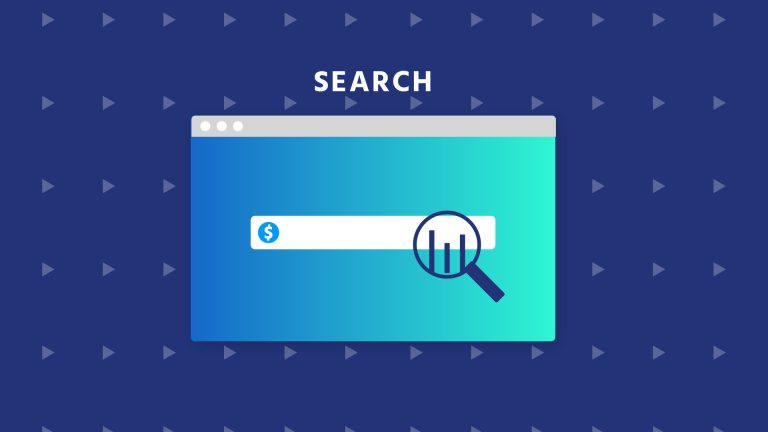

3. Creatively Engage In-Person Shoppers
While online shopping has exploded in recent years, people still prefer the in-person shopping experience during the holiday season. eMarketer reports that:
- In-person sales made up the majority (81.1%) of total holiday retail sales in 2023
- Over a third of U.S. adults will research products on a retailer’s website but wait to buy them in a physical store
Take advantage of increased foot traffic in malls and shopping centers with thoughtful digital out-of-home placements and geofenced programmatic campaigns that stretch branding dollars further.
“Brands should explore experiential, event-based marketing campaigns to reach shoppers in memorable ways.”
— Seth Davis, Senior Media Planner
4. Influencers and Content Creators Will Be a Driving Force
Adobe predicts influencers and content creators will convert shoppers 10X more than social media this BFCM. Given the saturated and competitive advertising landscape, investing in influencers may be a more efficient use of your brand’s dollars than traditional paid social campaigns.
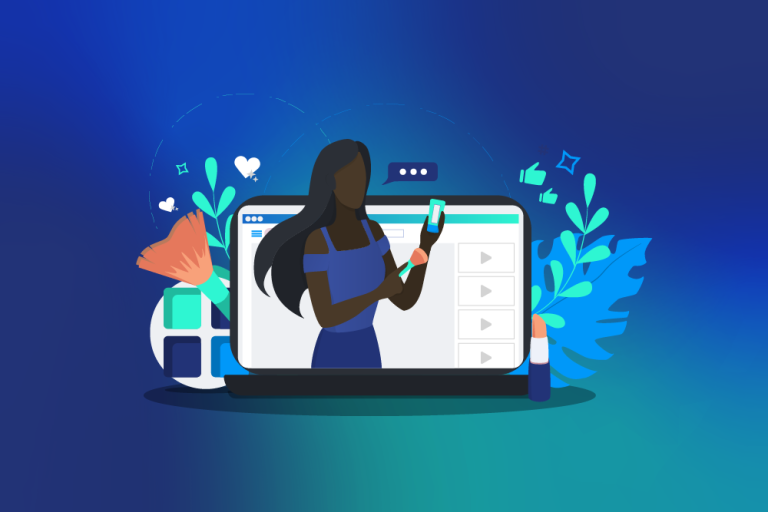
Web & UX
Make Checkout Irresistible
Create Mobile-Friendly UX
With over half of all online transactions happening on mobile, it’s crucial to optimize.
Streamlined Checkout
Simplify the checkout process with one-click payments and mobile wallet options like Apple Pay and Google Pay.
Mobile-Exclusive Deals
Reward mobile users with app-only or mobile-exclusive discounts to drive quick, on-the-go purchases.
Build Urgency with Time-Limited Offers
Use time-sensitive offers to tap into BFCM FOMO and push shoppers toward faster purchasing decisions.
Flash Sales
Run short, high-impact sales using live countdown timers on landing pages.
Low Stock Alerts
Use scarcity messaging like “Only 3 left in stock!” to motivate immediate product purchases.
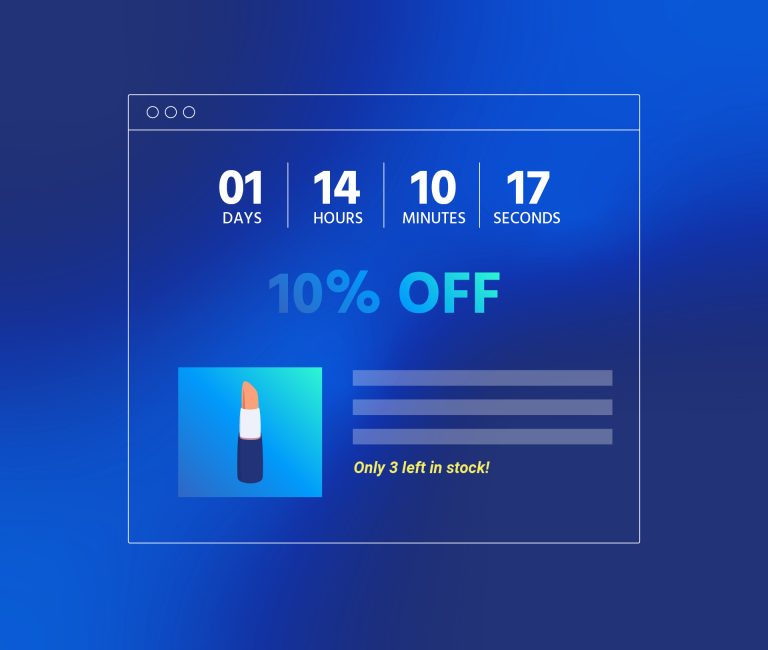
“Retailers should expect to see unprecedented ‘deals’ from competitors that return us to prices from five years ago. Consumers will perceive these as major discounts, sparking excitement and boosting sales.”
— Dani Roberts, VP of Key Accounts
SEO
Create Trust-Building Content
Do The Research For Them
Enhance product or service descriptions to improve user experience, empower consumer choices and boost search visibility.
Add Comprehensive Comparison Features
Google increasingly favors comparative content in search results. Create easy-to-scan tables or guides for similar products.
Include Detailed Specifications
Provide precise measurements and insights that go beyond basic product or service sizing (e.g., S/M/L).
Leverage User-Generated Content (UGC)
Use UGC to enhance search rankings, boost your brand’s credibility and attract qualified traffic.
Encourage and Showcase Authentic Reviews
Google prioritizes brands that feature honest feedback.
Foster Community Discussions
Encourage satisfied customers to share their experiences on forums.
Implement Proper Review Schema Markup
This enhances the visibility of customer reviews in search results.

Enhance Visual Search Optimization
Improve your visibility in search results by implementing imagery best practices.
Use High-Quality, Original Images
Prioritize images that clearly showcase product features or service details for easy visual comparisons.
Categorize Images Effectively
Write keyword-rich, descriptive alt text and file names.
Create Highly Visual Collections
Design layouts that display well in Google’s visual search features.
Compress Images for Faster Loading
Try to keep file sizes under 100KB while still maintaining image quality.
Structure Content for Enhanced Readability
You can cater to user preferences and search engine algorithms when you do.
Use Lists To Compare Features Of Similar Products
Google is displaying list results 42% more, so it’s a great opportunity to grow traffic.
Create Easy-To-Scan Content
This is essential for helping users make quicker purchasing decisions.
Include Data-Driven Proof Points
This enhances consumer decision-making and differentiates your offerings from competitors.
Content
Turn Your Brand Into A Resource
Emphasize Your Benefits
With inflation hitting hard, consumers are being more choosy than ever. To win their business, it’s crucial to clearly communicate the value your products or services provide. People want to feel confident that their purchase is worth it, especially when they’re already feeling squeezed by prices on necessities.
“Consumers will crave straightforward, no-nonsense messaging, especially after months of election ads filled with questionable claims. Since people are aware they’re being marketed to, authenticity will stand out.”
— Laasya Vulimiri, Associate Director, Paid Media
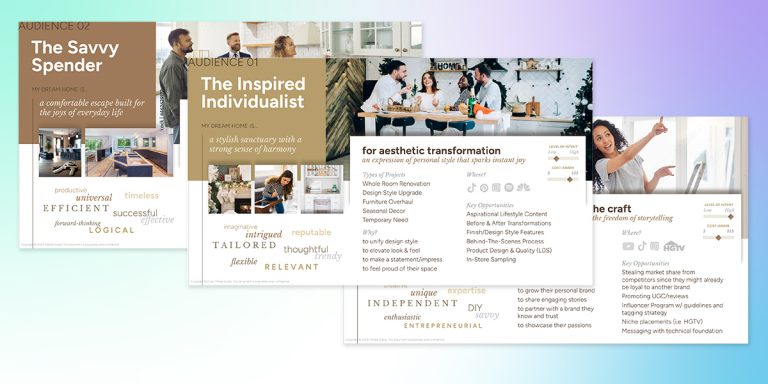
Develop Persona-Based Shopping Resources
Help your customers navigate the holiday rush by offering tailored shopping guides.
Budget-Conscious Shoppers
Recommend “Gifts Under $50” or “Best Deals for Savvy Shoppers.”
Luxury Shoppers
Feature premium or exclusive products for high-end deals.
Last-Minute Shoppers
Offer fast shipping or digital gift cards to cater to procrastinators.
Hobby Shoppers
Curate products based on hobbies, like “Tech Enthusiasts” or “Fitness Fanatics.”
Limit How You Advertise AI Usage
While it’s perfectly fine to be excited about AI in your business, it probably shouldn’t be a focus of your messaging (unless AI is your business). A 2024 study by Washington State University, published in the Journal of Hospitality Marketing & Management, found that mentioning ‘AI’ in product or service descriptions—compared to ‘high-tech’—consistently lowered consumer interest across eight categories in over 1,000 adults. The negative reaction was even stronger for ‘sensitive’ offerings, like medical services.
Unlock the Power of ‘Q5’
The period between late December and mid-January offers a unique opportunity for cost-effective marketing with less competition.
1. Post-Holiday Follow-Up Campaigns
Build loyalty and continue driving sales past BFCM.
Thank-You Emails
Send personalized thank-you notes offering related product recommendations to drive repeat purchases.
Abandoned Cart Emails
Target customers who didn’t complete their purchases, reminding them to return and buy.
2. Cater to Gift Card Shoppers
Consumers who received gift cards for your business or general prepaid cards this holiday season are prime candidates for targeted ads and emails incentivizing them to purchase now. This is especially true if you can grab them with a post-BFCM sale.
3. New Quarter, New Me
Now is the ideal time to experiment with personalized strategies that didn’t fit into your traditional BFCM marketing campaign. You don’t need to allocate all your resources, either—simply exploring fresh ideas, like a shopper personality quiz or other unconventional approaches for your brand, can tap into the “New Year, New Me” sentiment and enhance your impact.

Key Takeaways to Stand Out in the Busiest Shopping Season and Beyond
As you prepare for BFCM, remember that a well-planned strategy can significantly boost your sales and brand visibility.Email & SMS: Grow your contact list with exclusive offers and drive conversions through reminders and abandoned cart alerts.
- Paid Media: Optimize ad spend for cost-effective lead generation and consider influencer partnerships for higher returns.
- Website & UX: Streamline the checkout experience with mobile optimization and time-limited offers that create urgency.
- SEO: Build credibility through user-generated content (UGC), comparison features and visual search optimization.
- Social Media: Increase visibility with effective hashtags, behind-the-scenes content and dedicated Instagram highlights.
- Content: Clearly highlight product benefits and create persona-based shopping guides to engage specific customers.
- ‘Q5’: Target purchasers, abandoned cart shoppers and gift card recipients while experimenting with new campaign strategies.
With these tips, your brand can thrive this holiday season and into the new year. For year-round marketing ideas, explore our blog!


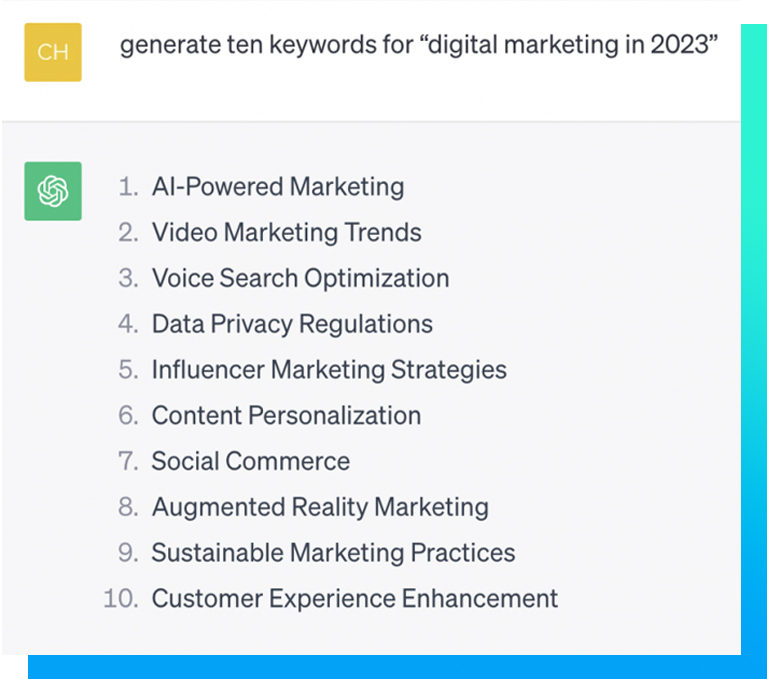



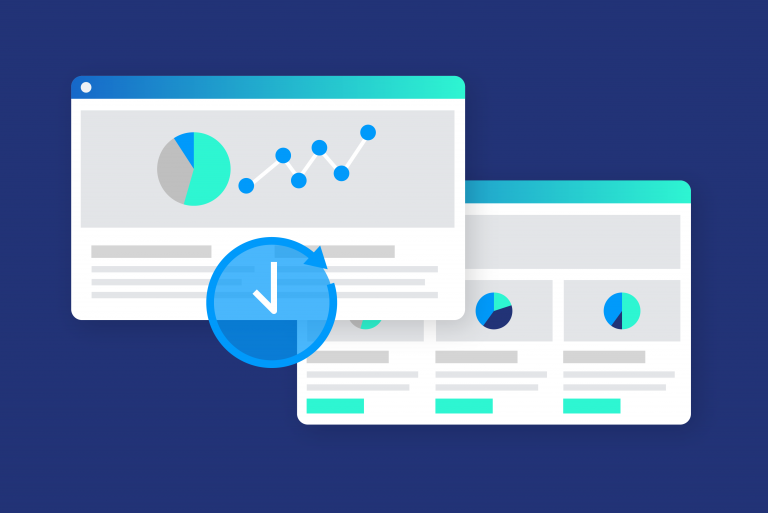

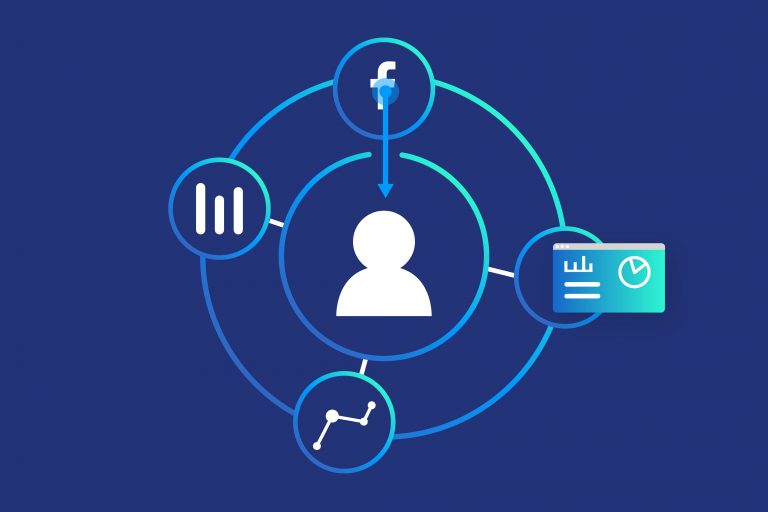






Social Media
Boost Visibility, Spark Interest, Enhance Access
Drive excitement for your brand and maximize engagement with these steps.
1. Use Effective Hashtags
Make your brand more discoverable by implementing relevant ones across your posts.
2. Share Behind-the-Scenes Previews
Give your audience a sneak peek of preparations and special features in your social stories.
3. Display Instagram Highlights
Create a dedicated space to showcase all your BFCM promotions and items.